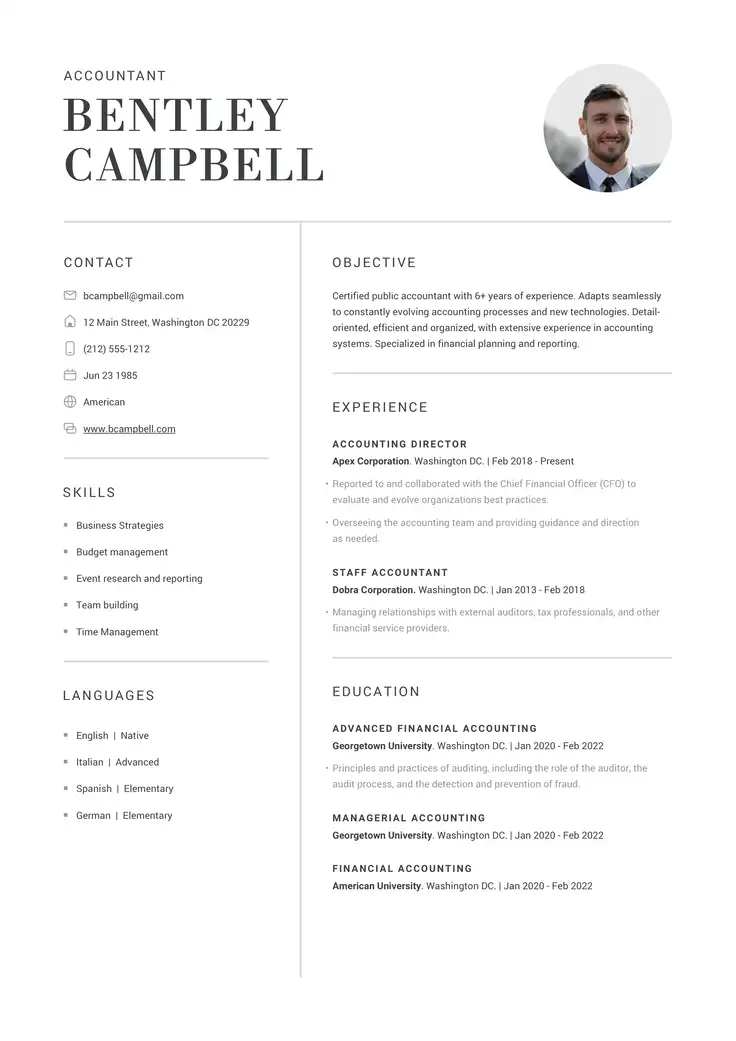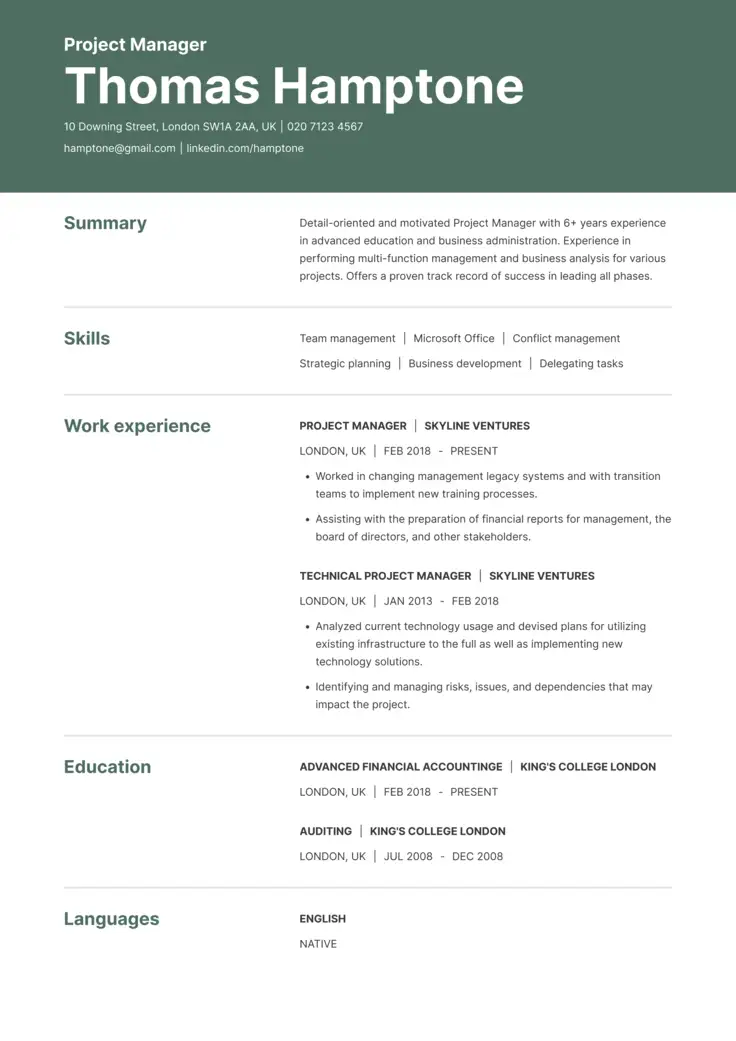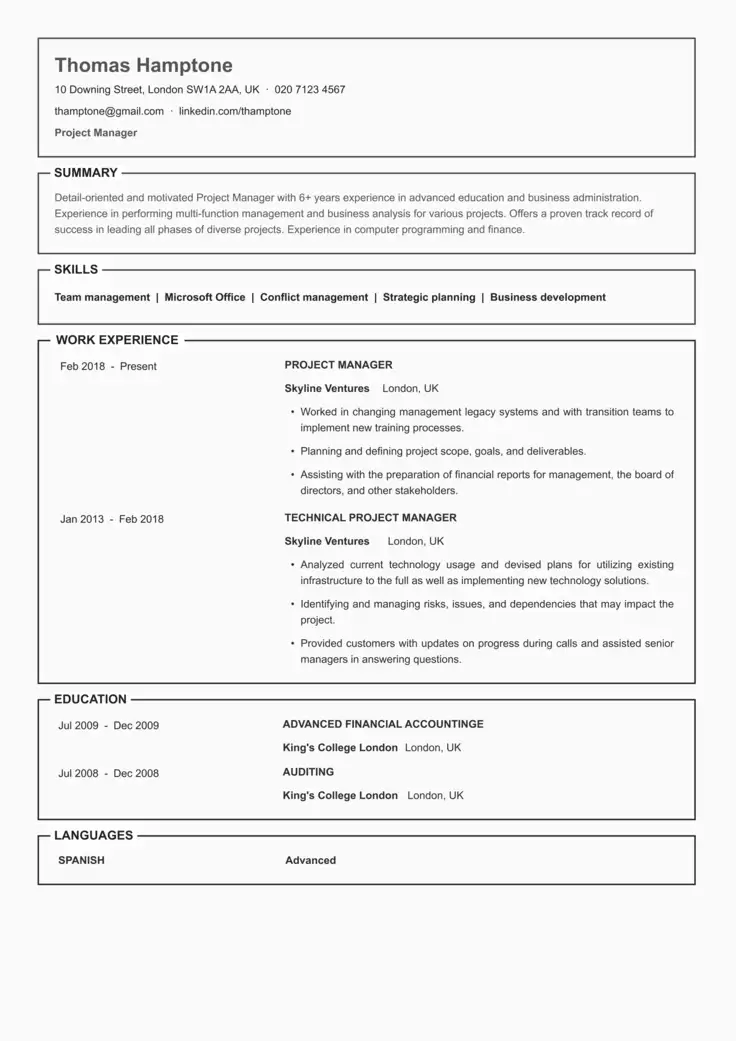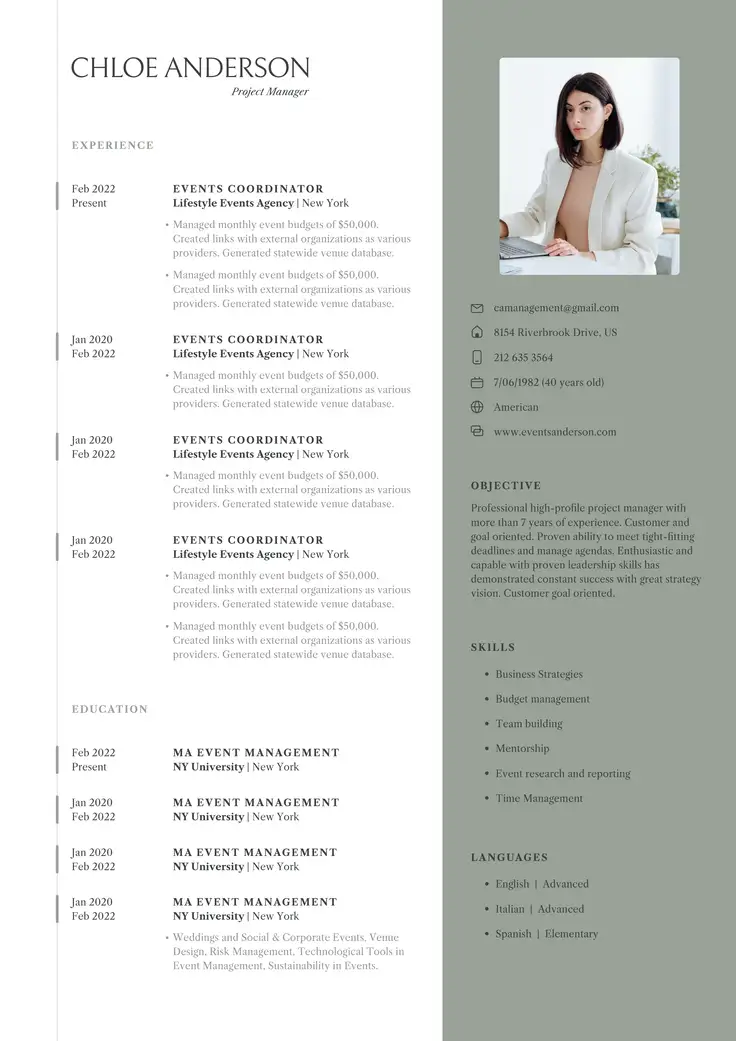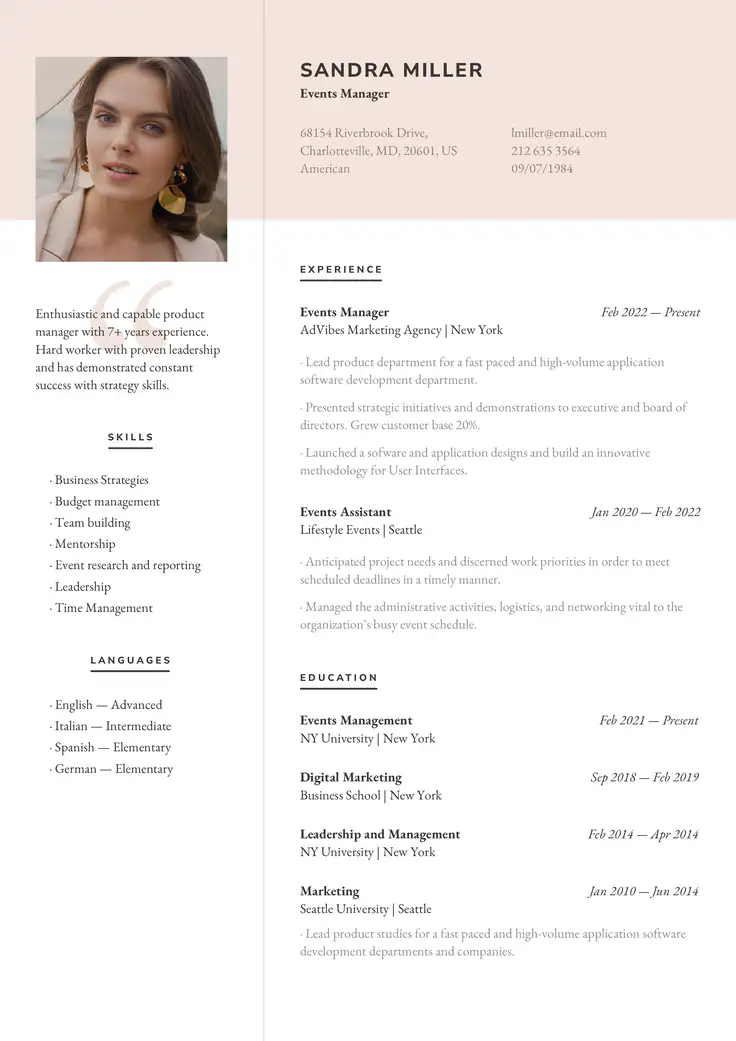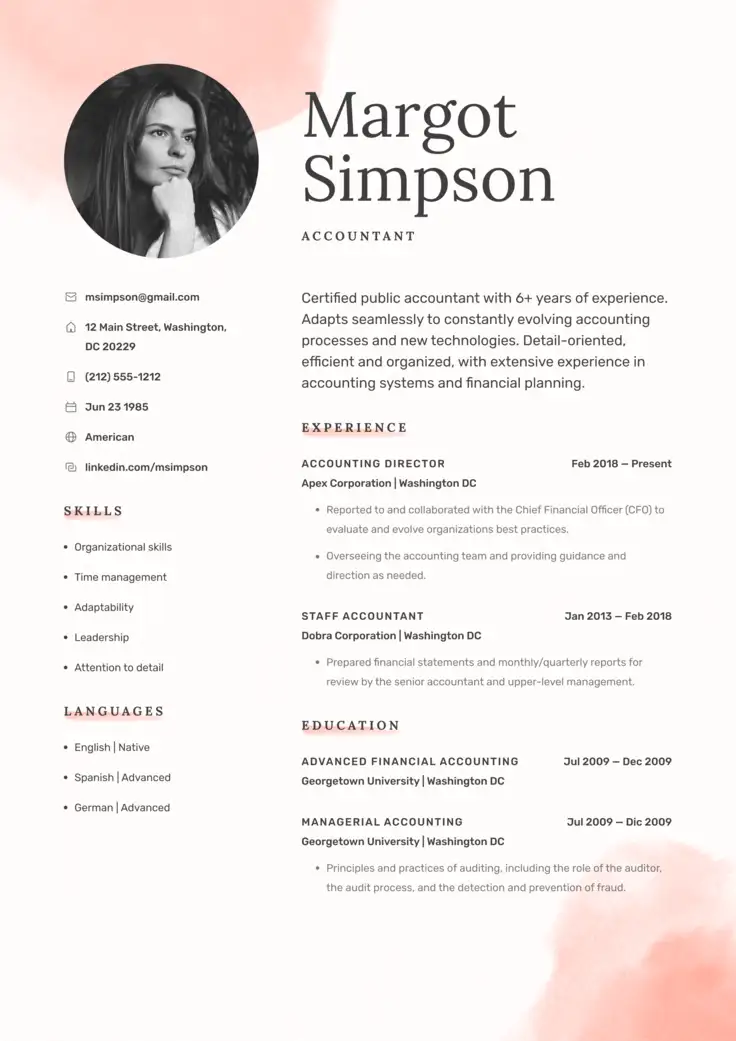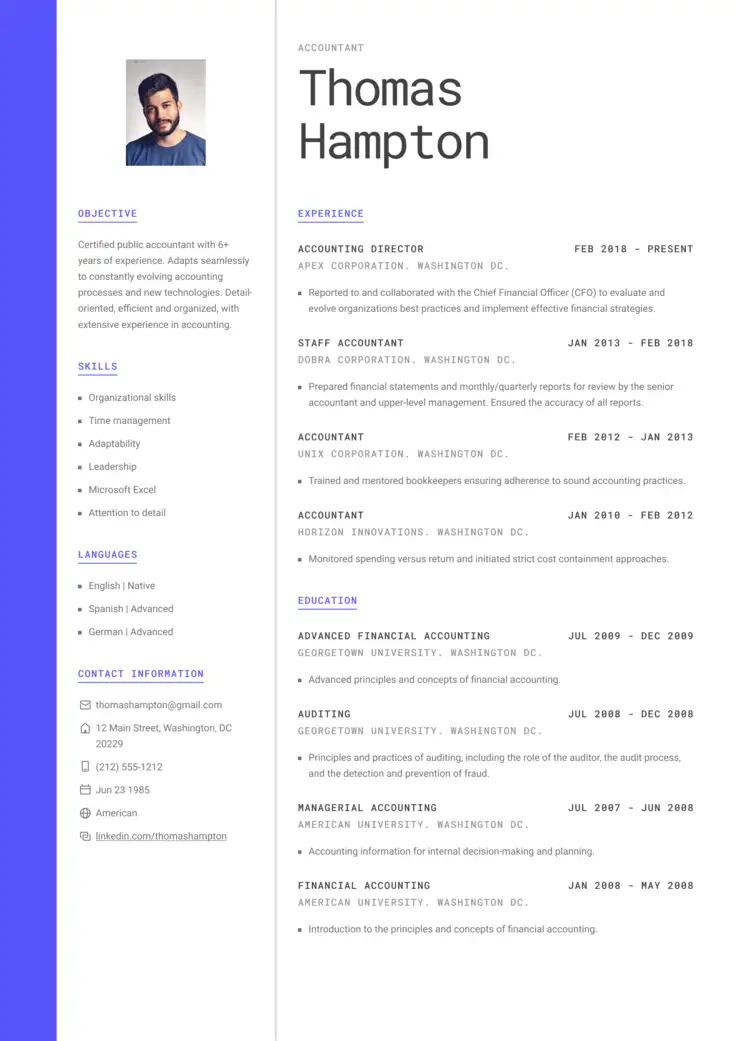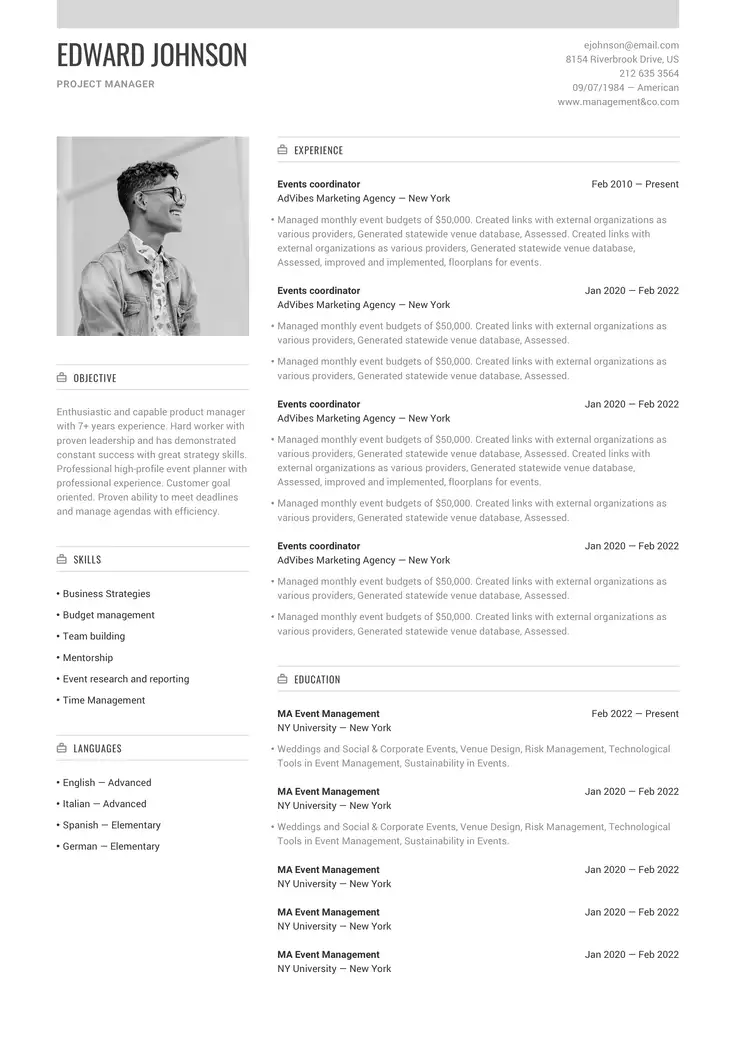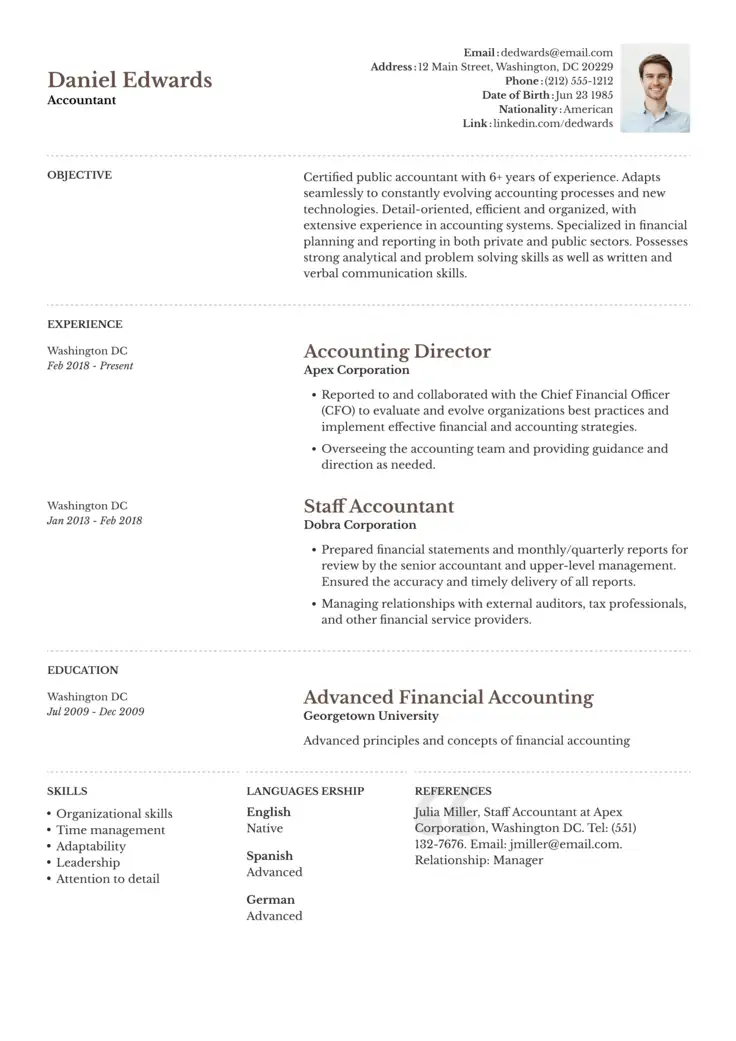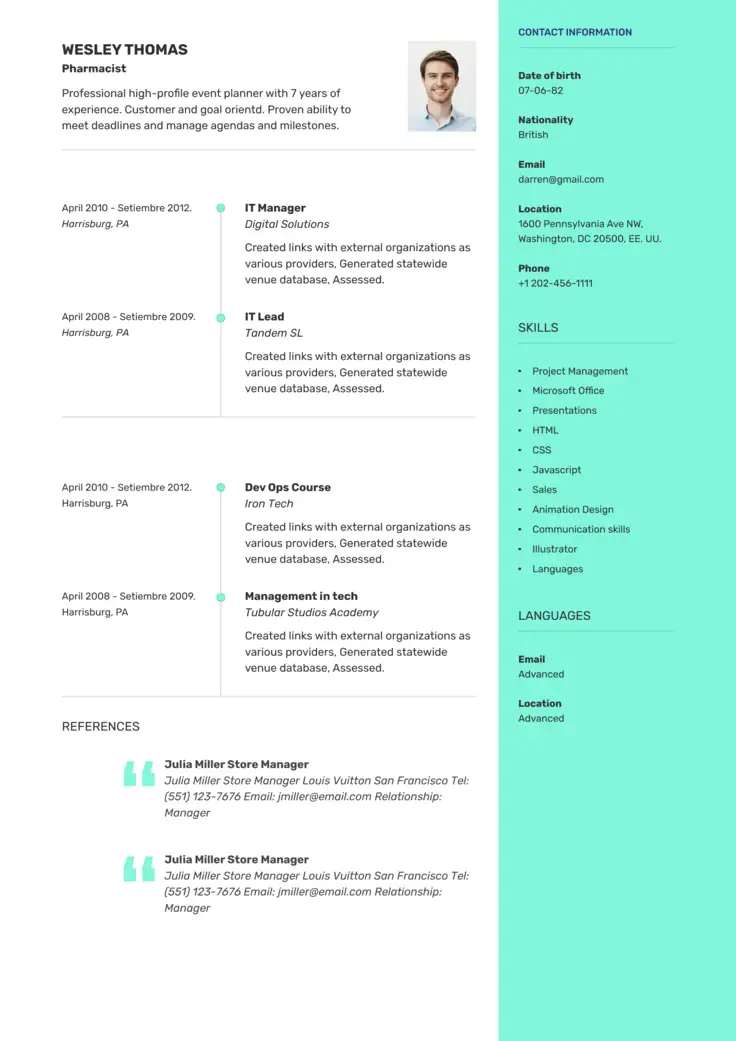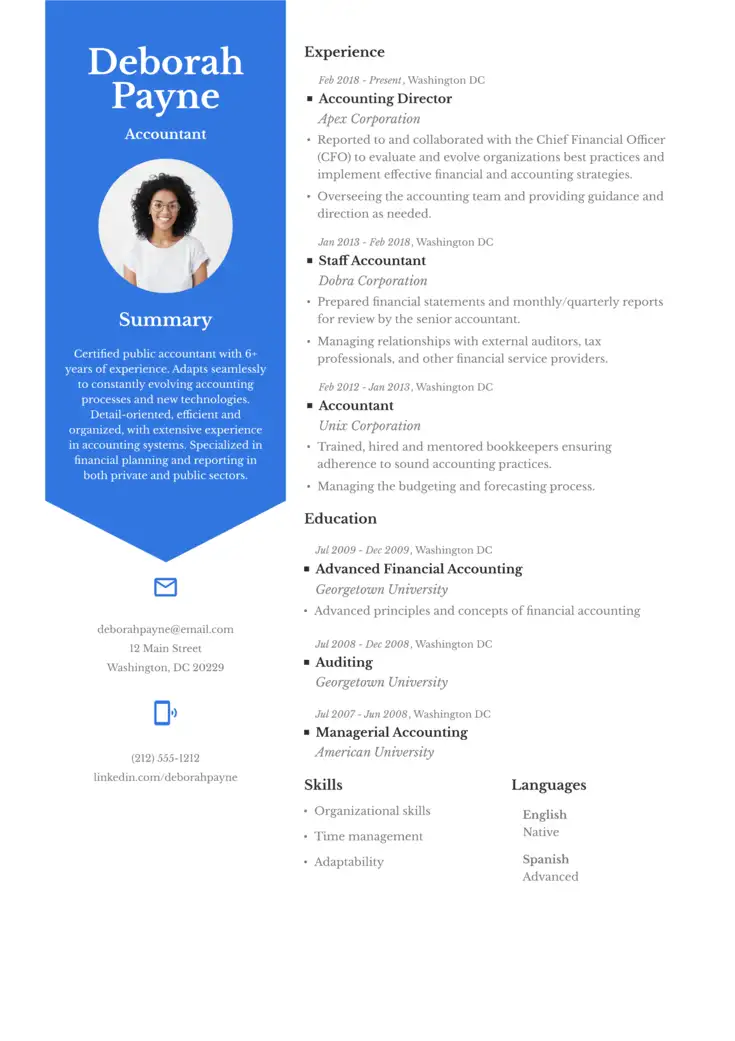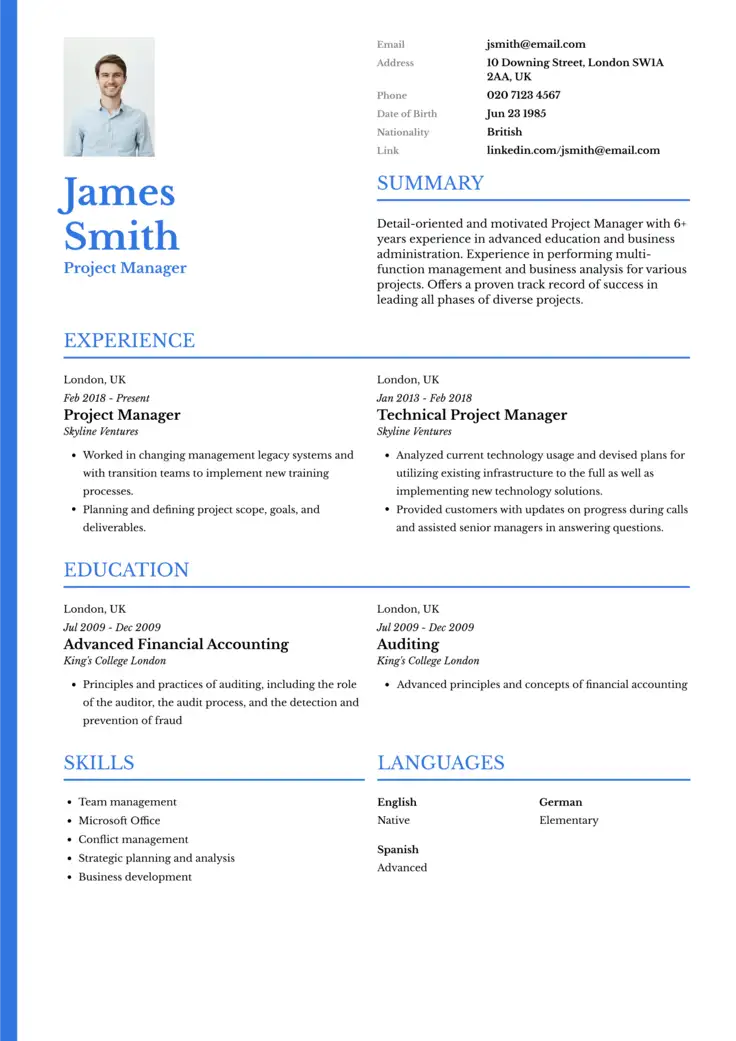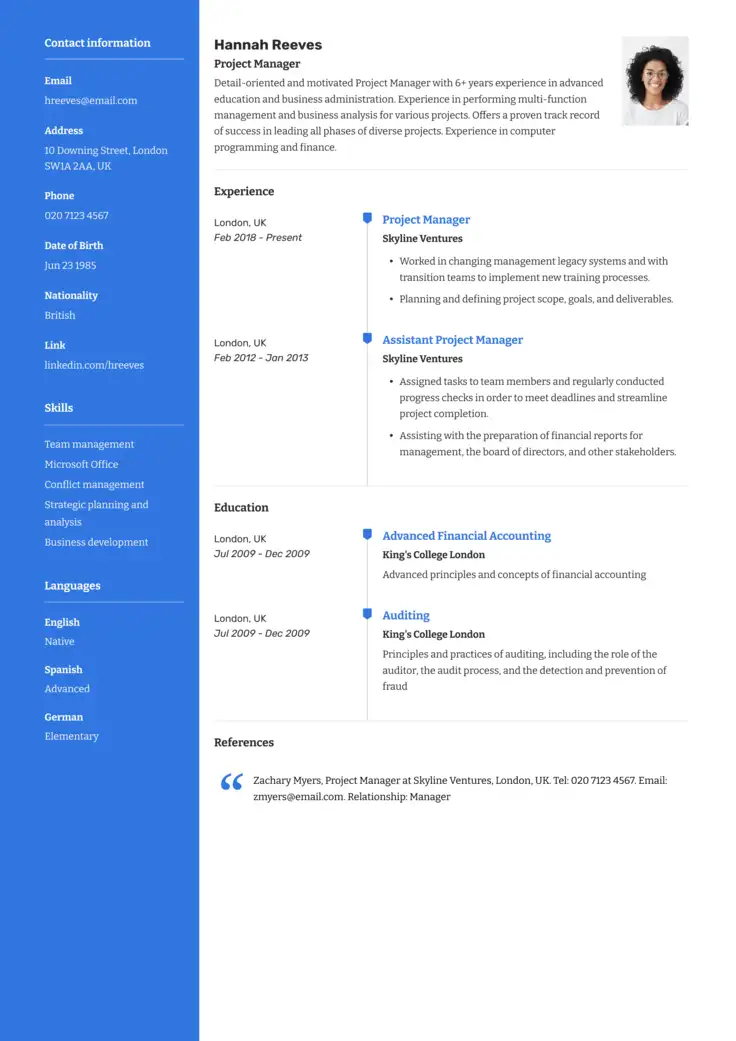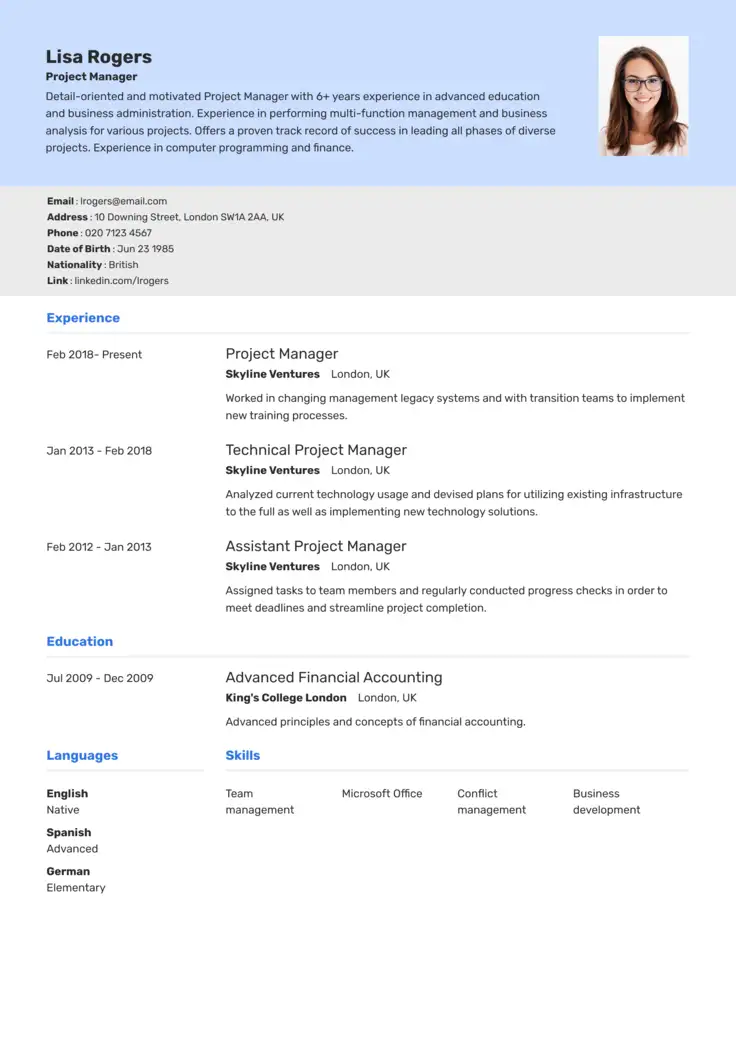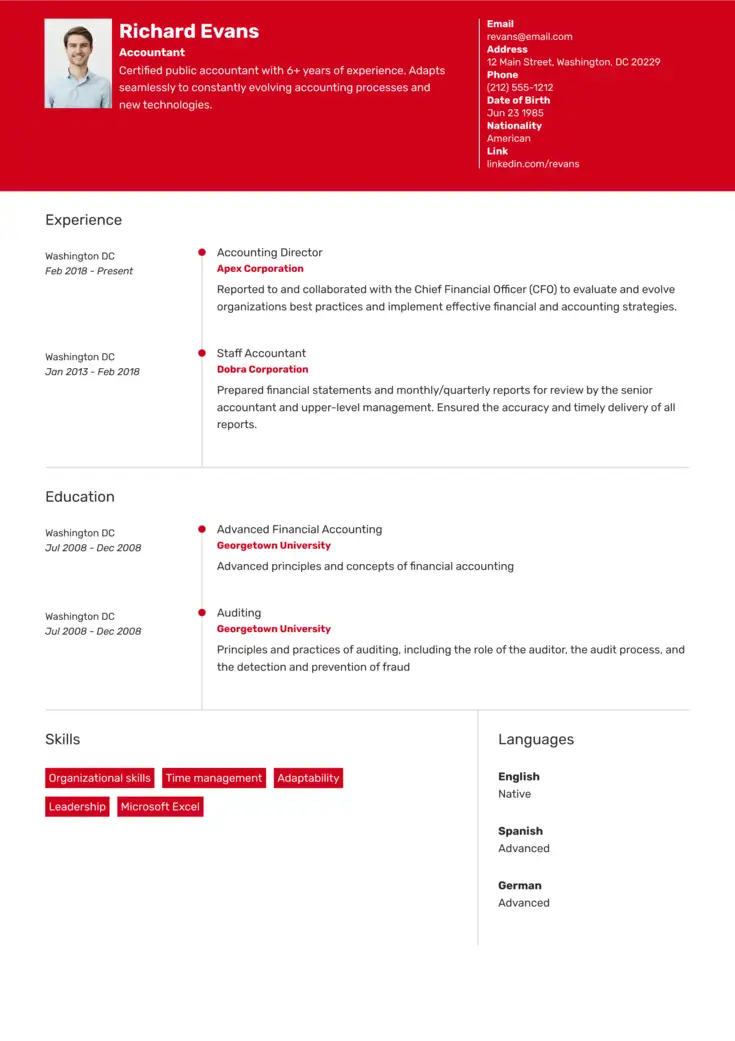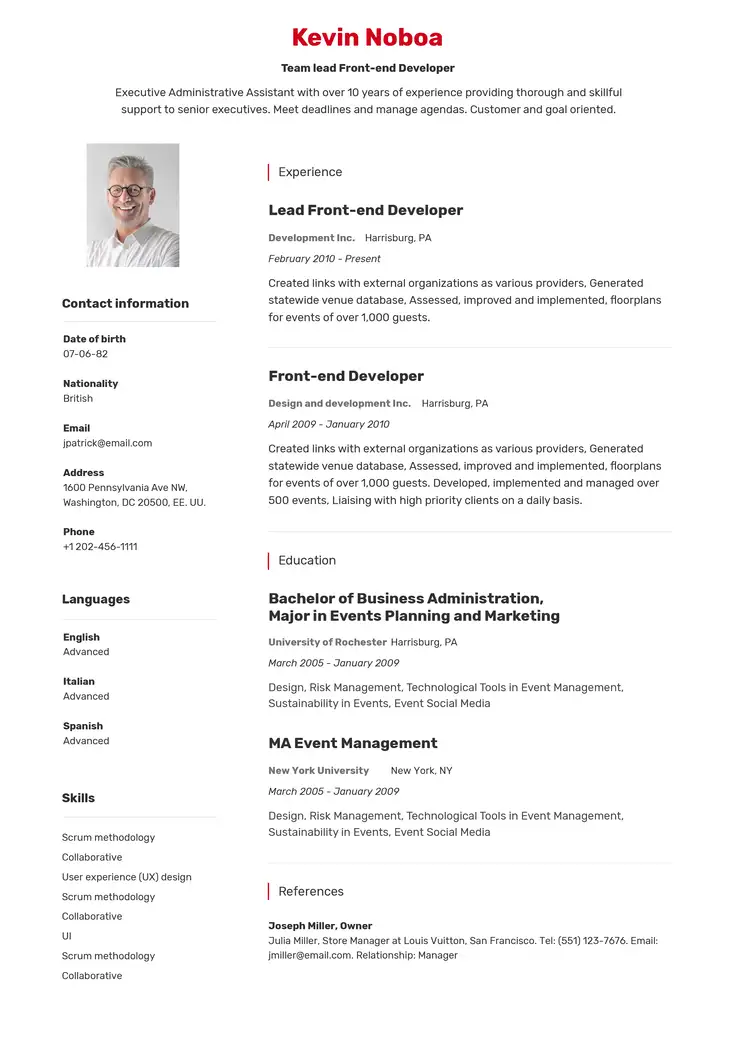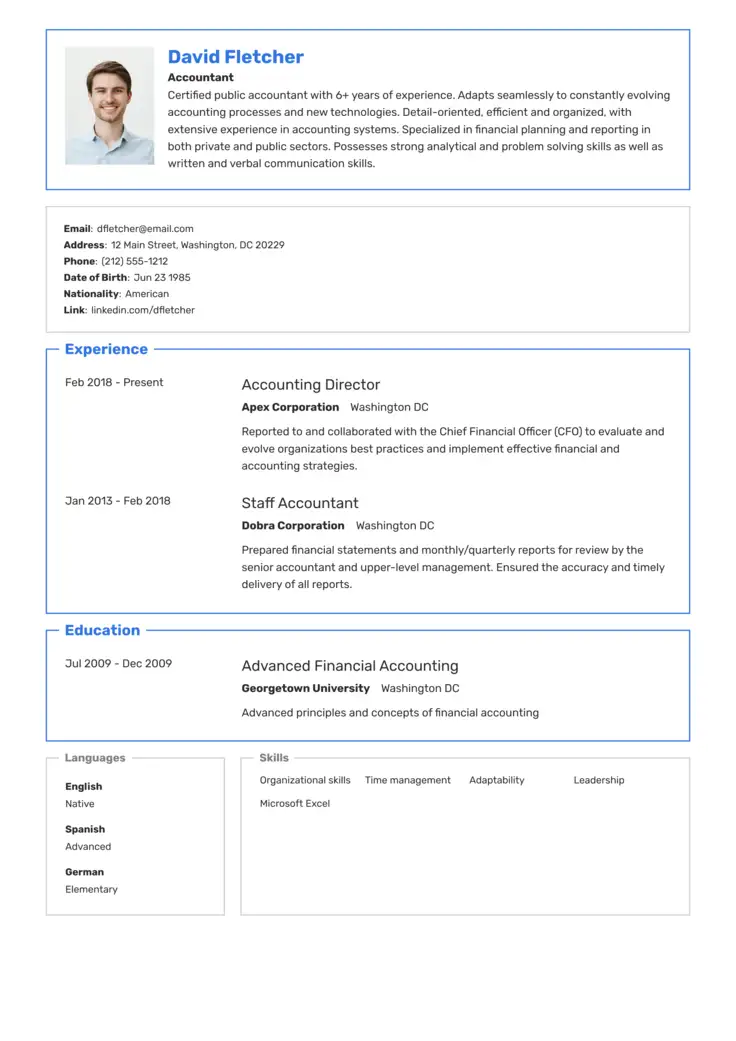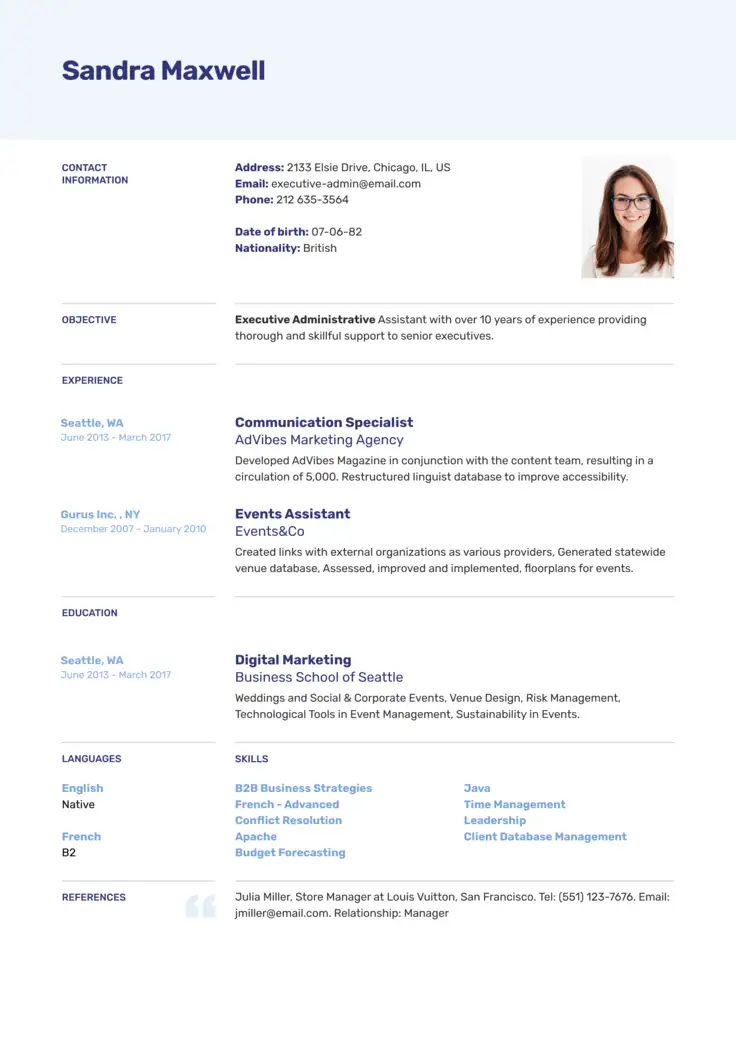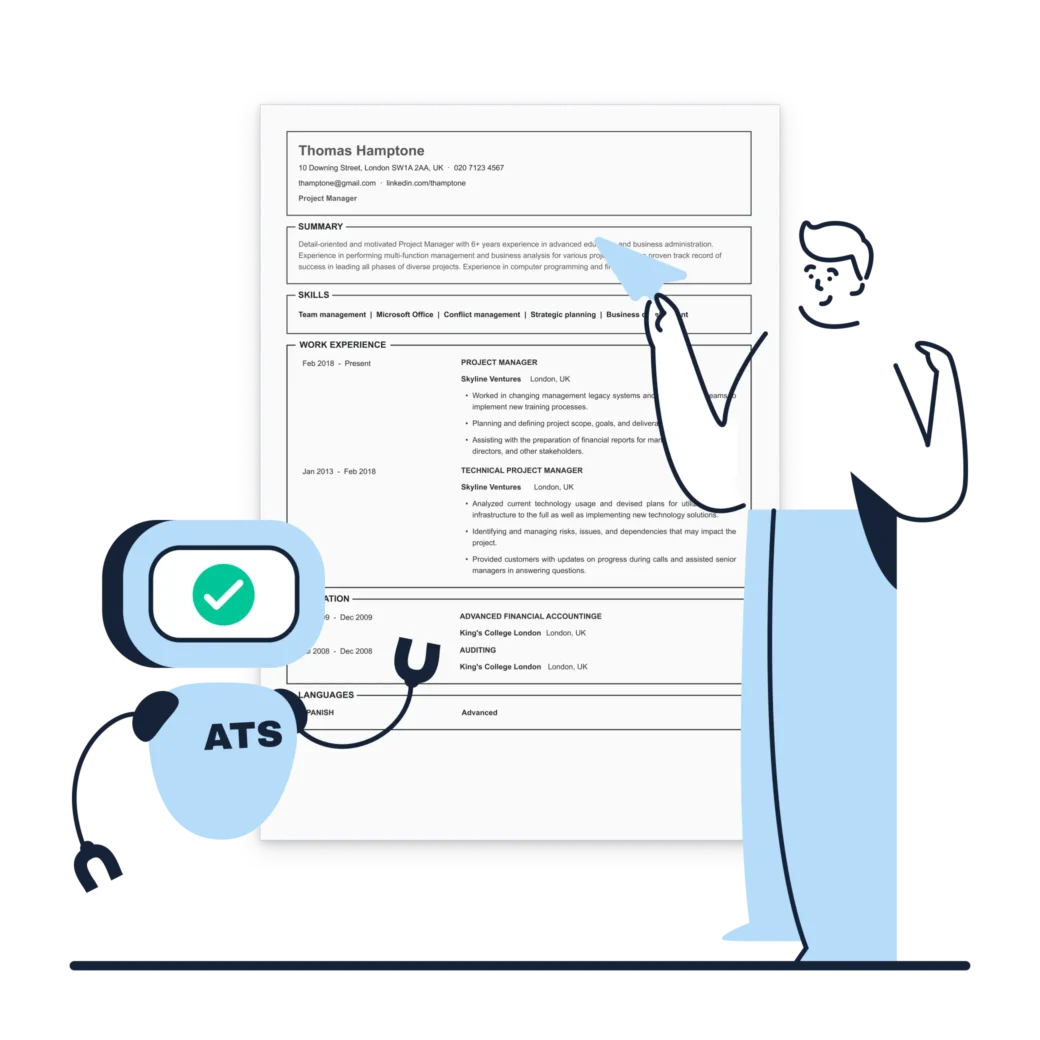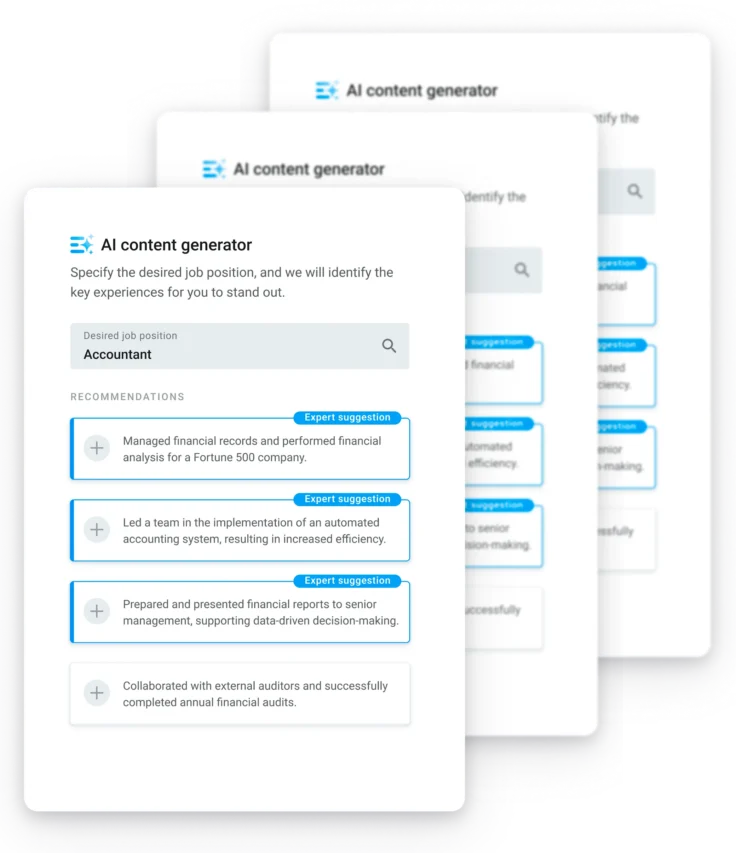How to Write a Resume for Applicant Tracking Systems (ATS)

You spend hours crafting the perfect resume, one that you’re proud of and one that showcases your value, only to be ghosted—no call, email, or rejection.
Wondering why? The truth is, before your resume ever hits a hiring manager’s desk, it has to pass a gatekeeper you may not even see, the Applicant Tracking System (ATS). These systems were created to can, rank, and eliminate resumes before a reason person gets the chance to read them.
That’s the bad news.
What’s the good news? You can outsmart the system and finally get the visibility you deserve!
In this article, we’ll cover:
- What an ATS is, how it works, and why employers rely on it.
- How to optimize your resume for ATS systems using keywords, formatting, and readability.
- Simple tweaks to tailor your resume for each job to improve your chances of getting callbacks.
By the end, you’ll know exactly how to get past the ATS bots and get more interviews!
Resume Templates that will get you hired in 2025!
What Is an Applicant Tracking System?
An Applicant Tracking System (ATS) is a type of software employers use to filter, rank, and organize candidate applications.
An ATS scans a resume for specific keywords, job titles, qualifications, and formatting elements to determine whether the candidates have the relevant skills and experience.
Think of it as a digital gatekeeper. If your resume doesn’t contain the language and structure it’s looking for, the ATS may filter it out even if you’re qualified.
Why Do Companies Use ATS?
Companies value efficiency and currency in the form of “time.” Employers receive hundreds (or sometimes thousands) of applications for a single role. ATS systems save employers time by reducing the number of resumes that they then need to scan manually.
ATS software can prioritize resumes that closely match job descriptions and weed out the ones that don’t match basic criteria. The system can also help reduce human biases and ensure equal opportunity hiring practices.
The good news is that you don’t have to “beat” the ATS; you just need to understand how an ATS works so that you can align with it! It’s simple to produce a resume using our AI resume builder, you can request feedback from our resume checker service, which increases your chances of getting through to the interview stage.
How Do Applicant Tracking Systems Work?
ATS software uses algorithms to scan and analyze resumes for relevant information. The system looks for:
- Keywords and phrases from the job posting
- Relevant experience and job titles
- Education and certifications
- Specific formatting structures
The more your resume aligns with the job requirements, the higher it ranks in the system. Remember, if your resume doesn’t include the correct keywords, it may not even make it to the recruiter’s desk.
More advanced systems can also assess your experience, checking for relevant job titles, education, and skills. The better your resume aligns with the job description’s keywords and format, the higher your chances of getting through the ATS and reaching a hiring manager.
How to Write a Resume for an Applicant Tracking System
Writing a resume is all about strategy. If your resume includes the keywords the employer is looking for, then the ATS will rank your resume highly, and your resume will make the shortlist. The keywords are different for each job, which means you have to tailor your resume for each job application.
The keywords include the required skills, qualifications, and work experience specific to the job. Thankfully, the keywords an ATS looks for aren’t a secret. They are in the job posting.
Customizing your resume for each job application can be time-consuming. Using a resume template is an effective way of making quick edits and producing a professional-looking resume. Knowing how to beat an applicant tracking system is key, and you can do it by following the steps listed below.
Use an ATS-optimized resume format
Formatting is your foundation. Even if your experience is top-tier, the wrong formatting can mean the Applicant Tracking Systems (ATS) tosses out your resume.
Here are 10 quick tips to make your resume ATS-friendly:
10 Tips for Formatting Your ATS-Friendly Resume
- Avoid headers and footers: ATS may overlook content in these areas.
- Keep language simple and clear: Avoid jargon or complex terms.
- Use standard headings: Stick to titles like “Education” and “Professional Experience.”
- Pick a clean and readable font: Choose fonts like Times New Roman, Arial, or Calibri.
- Maintain 1-inch margins: Ensure your resume looks clean and uncluttered.
- Avoid graphics, logos, and photos: These can confuse the ATS and disrupt readability.
- Use bullet points for clarity: Bullet points make your resume easier to scan.
- Follow a consistent date format: Use formats like MM/YYYY or Month YYYY.
- Stay away from special characters: The ATS might misread them.
- Spell out acronyms: Make sure ATS and recruiters can understand them.
Identify the applicant tracking system keywords
Every job post is a blueprint. Your job is to decode it. Read each job posting carefully and highlight the keywords. Below are a few examples:
- Technical Skills: (project management, SQL, data analysis)
- Soft skills: (leadership, collaboration, communication skills, problem-solving)
- Tools and certifications: (Salesforce, PMP, Google Analytics)
Make a list of the keywords and phrases you find. These are the exact terms the ATS will be scanning for.
Work the keywords into your resume
Find a natural way to use the keywords you’ve identified in your resume. You don’t want to sound robotic or appear like you’re “keyword stuffing.”
There are many places you can use your keywords. You can include them in your job descriptions, achievements, and skill section.
Make sure you use any industry-specific terminology from the job posting. Our resume builder can help by suggesting relevant keywords with AI, improving your chances of getting noticed by an ATS.
Avoid repeating the same keywords
It’s important to include the keywords exactly as they appear in the job posting. At the same time, you should avoid repetition. The text in your resume should look natural; use synonyms where necessary and avoid repeating the information.
Optimize your job roles
If a specific job title is mentioned in the job posting, try and include the same words. Do not invent job titles, as it is not worth the risk. But, if you have held the position, word the job title as it is in the job posting.
Include job dates
Don’t leave off the dates of employment, as some ATS systems measure the amount of experience you have. A reverse-chronological resume is an effective format as the amount of experience is clearly presented for the ATS (and the human reader).
Don’t sacrifice readability
Yes, keywords matter, but readability is still the most important. A person will look at your resume once it gets past the ATS stage, so make sure it is clear and concise. Read a guide on how to write a resume to make sure your resume is up to scratch.
Another option for ensuring readability is a plain text resume. Its simple, unformatted structure ensures that ATS can easily parse and process the content, reducing the risk of errors. By stripping out complex formatting, a plain text resume guarantees that your qualifications and keywords are accurately captured.
Make sure your social media profiles are consistent with your resume
Yes, employers check. Many recruiters use software to scan the LinkedIn profiles of job candidates to check whether the information on their resume and LinkedIn profile is consistent. Make sure your LinkedIn profile is aligned with the details in your resume, as discrepancies could hurt your chances.
Key Takeaways
- Tailor your resume with keywords from the job description to pass ATS filters.
- Use simple headings, readable fonts, and avoid complex formatting to ensure ATS compatibility.
- Include exact job titles and employment dates for ATS alignment.
- Integrate keywords naturally to maintain readability and avoid keyword stuffing.
- Consider a plain text format to reduce ATS parsing errors.
- Check if your LinkedIn profile is consistent with your resume.
- Make small tweaks to your resume to match the job qualifications before submitting.
- Follow up with the employer if you haven’t heard back to show continued interest.
Don’t let the ATS intimidate you. It’s just a filter, and you know how to get through it now. Now it’s time to update your resume, apply with intention, and don’t be afraid to tweak and try again!
These strategies will help increase your chances of getting noticed by ATS and securing an interview.

